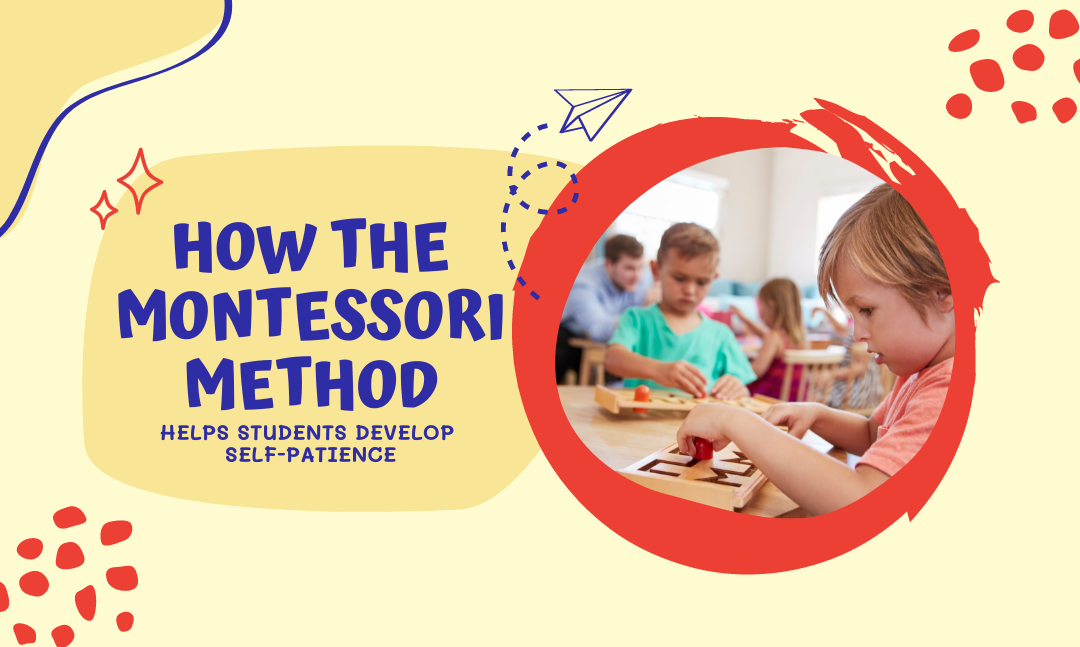Raise your hand if you’ve ever become frustrated with yourself as you struggled to work through a complicated task. We’ve all been there – sitting with a menagerie of toy parts spread on the floor in front of us, trying to piece together how part 1A is supposed to fit into 3C as the instruction manual states. Trying something new or something that’s out of our comfort zone can bring feelings of frustration and personal doubt to the forefront.
Imagine now that you’re a school-age child. Everything in front of you is new. While you’re trying to grasp new concepts every day, it’s easy to become agitated or discouraged when things don’t come naturally. Once a child loses patience with themselves, learning ceases and a wall is built. If day after day a child struggles with a certain task, you can imagine how easy it is for a child to shut down completely every time it rolls around.
The Montessori Method is designed to work against this natural inclination. Rather, our method allows students to develop skills at a pace that comes naturally to them. This promotes the development of self-patience, which serves them well throughout their lives. Here are three components of the Montessori Method that promote patience with oneself:
Task autonomy
If you have a hard task to tackle, do you find yourself trying to do it at a specific time of day? Morning people might rise and grind while night owls choose to rest during the day and take on tasks as the day ends. Children have the same inclinations – there are days and times when they feel ready to challenge themselves and other times where they’re not feeling as motivated. In a Montessori classroom, students can move between materials, focusing their attention on tasks that suit their inclinations that day. By allowing students to choose what they do, we’re allowing them to assess their mood and make decisions that align with how they feel. When students take on challenges in a good headspace, they’re more likely to be patient with themselves as they make inevitable errors.
Multipurpose materials
One of the defining features of Montessori materials is that they teach multiple lessons simultaneously. Students can learn geography, shapes and fine motor skills by completing a puzzle of the continents, for example. In this instance, a child that might find traditional maps confusing might have great shape and spatial awareness. Another student might feel really confident in map memorization but less so in shape recognition. For both of these students, the multipurpose tool allows them to use a strength to further develop a skill that is challenging. This natural pairing decreases frustration in the learning process and can help students become more patient as they work with the material.
Nontraditional progress monitoring
Montessori schools do not do traditional assessments or grading. Students move through lessons, grasp concepts and progress academically under the supervision of guides. Rather than giving out grades, our guide work alongside students, asking them questions and gently prompting them to consider how the materials are used. This method allows students to explore tasks with patience and curiosity because the fear of failure through grading is removed.

